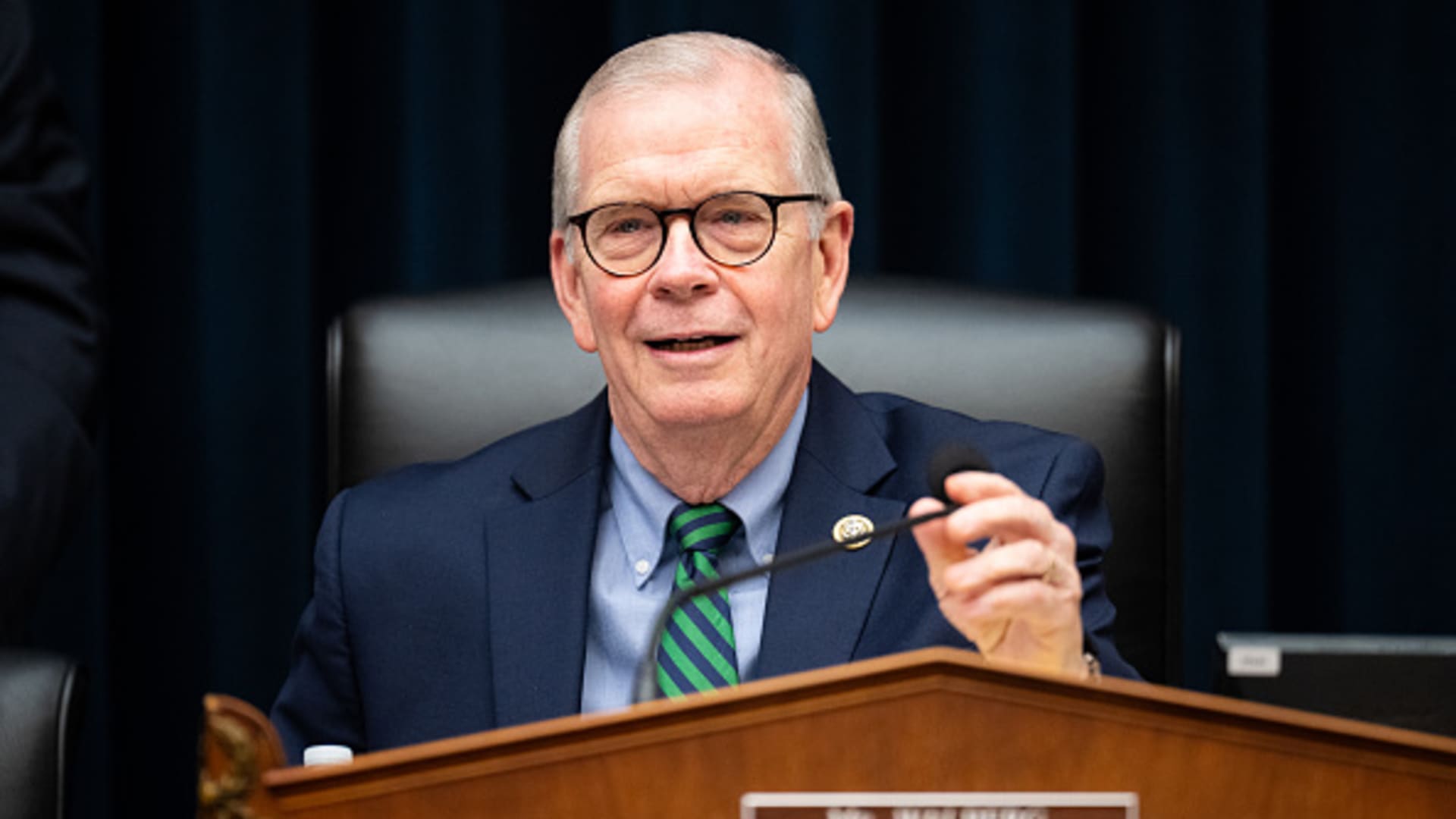Concerns about the future of the Social Security Administration may tempt some workers to claim retirement benefits early.
Yet experts warn that may not be the best decision.
It’s no secret that Social Security is running low on funding. Fears that the program might not be able to pay benefits in the future — or that benefits might be cut — have prompted people to take their money earlier, even if it means receiving a smaller monthly payment for the rest of their lives.
In 2024, the trustees projected the trust fund used to help pay retirement benefits may be depleted in 2033, when 79% of benefits will be payable. Social Security’s trustees have not yet released new trust fund depletion projections in 2025.
More from Personal Finance:
Nearing retirement? These strategies can protect from tariff volatility
Experts see higher stagflation risks. Here’s what it means for your money
20 items and goods most exposed to tariff price shocks
Changes at the Social Security Administration — including staff cuts and long wait times for service — do not encourage more confidence in the program, noted Kelly LaVigne vice president of consumer insights at Allianz Life Insurance Company.
A recent survey from Allianz found that 64% of Americans are more worried about running out money than they are about dying. Meanwhile, Social Security not providing enough money was the second reason cited for those worries behind inflation, the survey found.
On average, Social Security benefits replace about 40% of a worker’s pre-retirement income, according to the SSA. As Congress eventually seeks a fix to the program’s funding woes, that may require Americans to pay more taxes and/or receive less benefits.
“If you cut that, or there’s a threat of cutting that, that does make the fear of running out of money even greater,” LaVigne said of Social Security benefits.
Many people may be tempted to claim Social Security benefits now to get the money while they can.
“There are people who make the comment, ‘I want to start taking from it now, before it’s taken away from me,'” said Andrew Herzog, a certified financial planner and associate wealth manager at The Watchman Group in Plano, Texas.
In those cases, Herzog said he typically reassures clients that scenario is “very unlikely,” particularly for older generations who are already in or near retirement. Lawmakers including President Donald Trump have promised not to cut the Social Security benefits retirees are already receiving. For future retirees, it is possible benefits may be reduced, though it is unlikely the program will entirely run out of money.
Individuals who want to take their retirement benefits at age 62 — otherwise known as the early eligibility age — need to understand their benefits will be reduced, Herzog said. By waiting until full retirement age — generally age 66 to 67, depending on date of birth — beneficiaries may receive 100% of the benefits they earned.
For workers whose full retirement age is 66, claiming early at 62 will result in a 25% reduction in monthly benefits. For workers whose full retirement age is 67, claiming at 62 prompts a 30% cut to monthly benefits. Yet most people claim before full retirement age, according to the Congressional Research Service.
Workers who wait even longer to claim retirement benefits — up to age 70 — stand to receive the biggest monthly checks. For every year individuals wait past full retirement age, they stand to receive an 8% increase to their benefits. For workers whose full retirement age is 66, that represents a 32% boost to monthly benefits. For workers with a full retirement age of 67, that’s a 24% boost.
“For those who expect to have a normal life expectancy of 80 years plus, then it can make sense to wait to age 70 to get the maximum benefit,” Herzog said.
To be sure, the decision comes down to many factors, including how long someone is able to work, whether they can draw from other investment income and the choice that will help them best sleep at night, Herzog said.
Notably, delaying even just one month can help increase monthly benefit checks.
Most workers who expect to live long lives will want to prioritize the risk they could outlive their money, and therefore delay claiming benefits, according to Vanguard research.
But for those who do not expect to live as long, the prospect of break-even risk — or the risk of receiving a smaller total sum by delaying — should be prioritized instead, according to Vanguard.
Claiming early can provide other perks, such as making it possible to spread the tax burden of that income over more years, Vanguard’s research notes. Plus, with lower monthly checks, less of that Social Security income may be taxed and it may be possible to keep Medicare income-related monthly adjusted amounts, or IRMAA, low, according to the research.
Yet for many individuals, there are other reasons to wait to claim that are compelling, particularly if their spouses may need to live on their benefits once they die. Moreover, having higher monthly benefits means they may be better prepared to withstand unexpected financial shocks, according to Vanguard.


 Blog Post1 week ago
Blog Post1 week ago
 Economics1 week ago
Economics1 week ago
 Economics1 week ago
Economics1 week ago
 Personal Finance1 week ago
Personal Finance1 week ago
 Economics6 days ago
Economics6 days ago
 Economics4 days ago
Economics4 days ago
 Accounting4 days ago
Accounting4 days ago
 Economics4 days ago
Economics4 days ago












